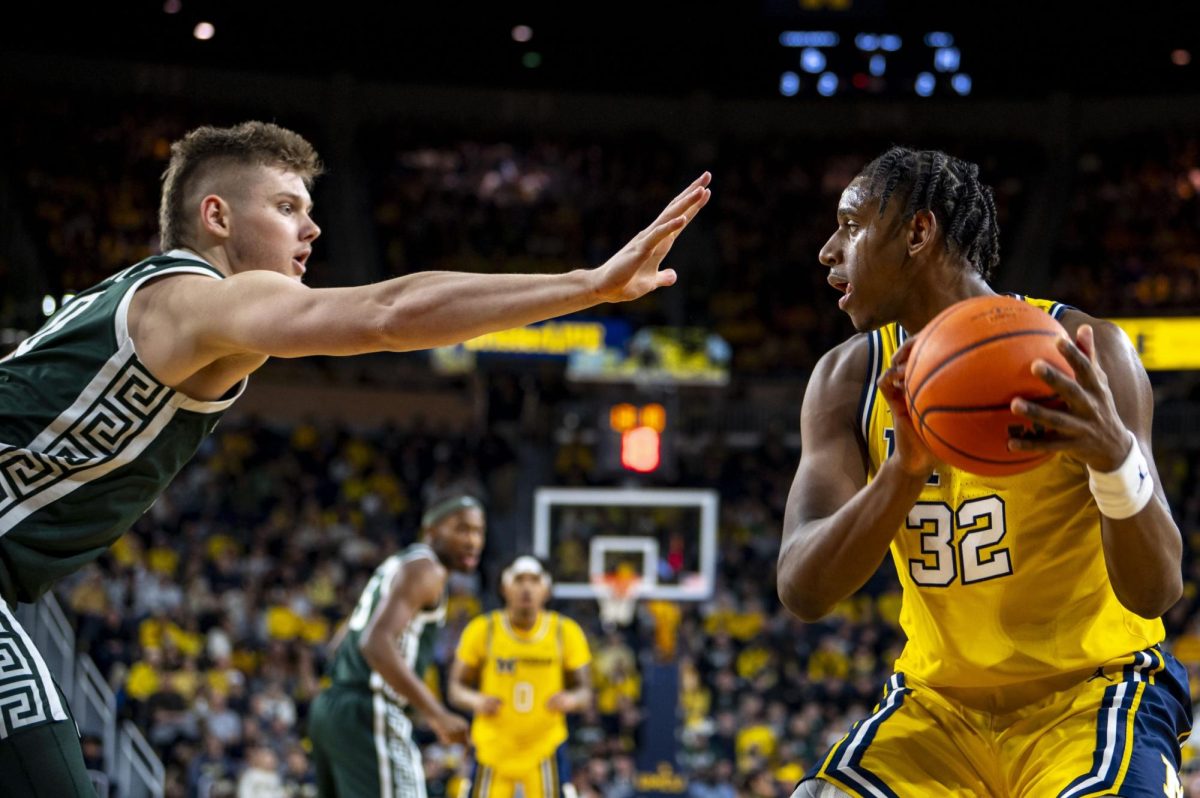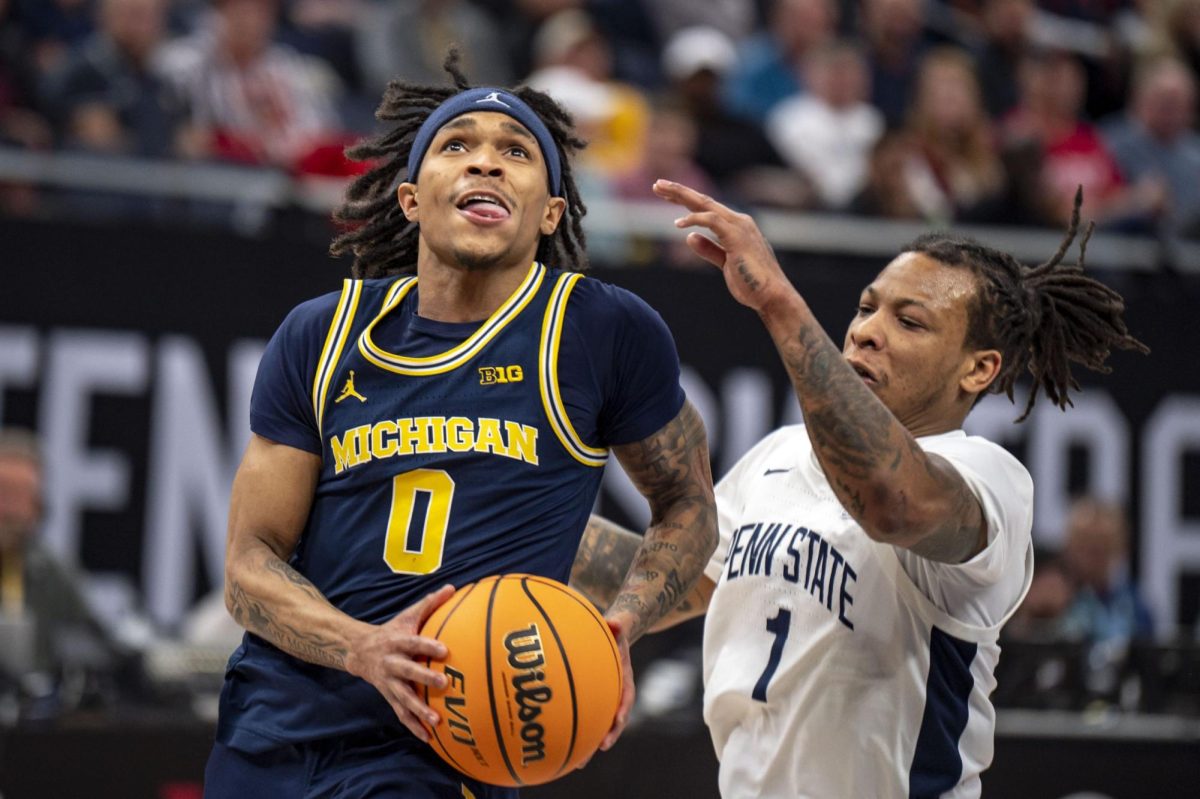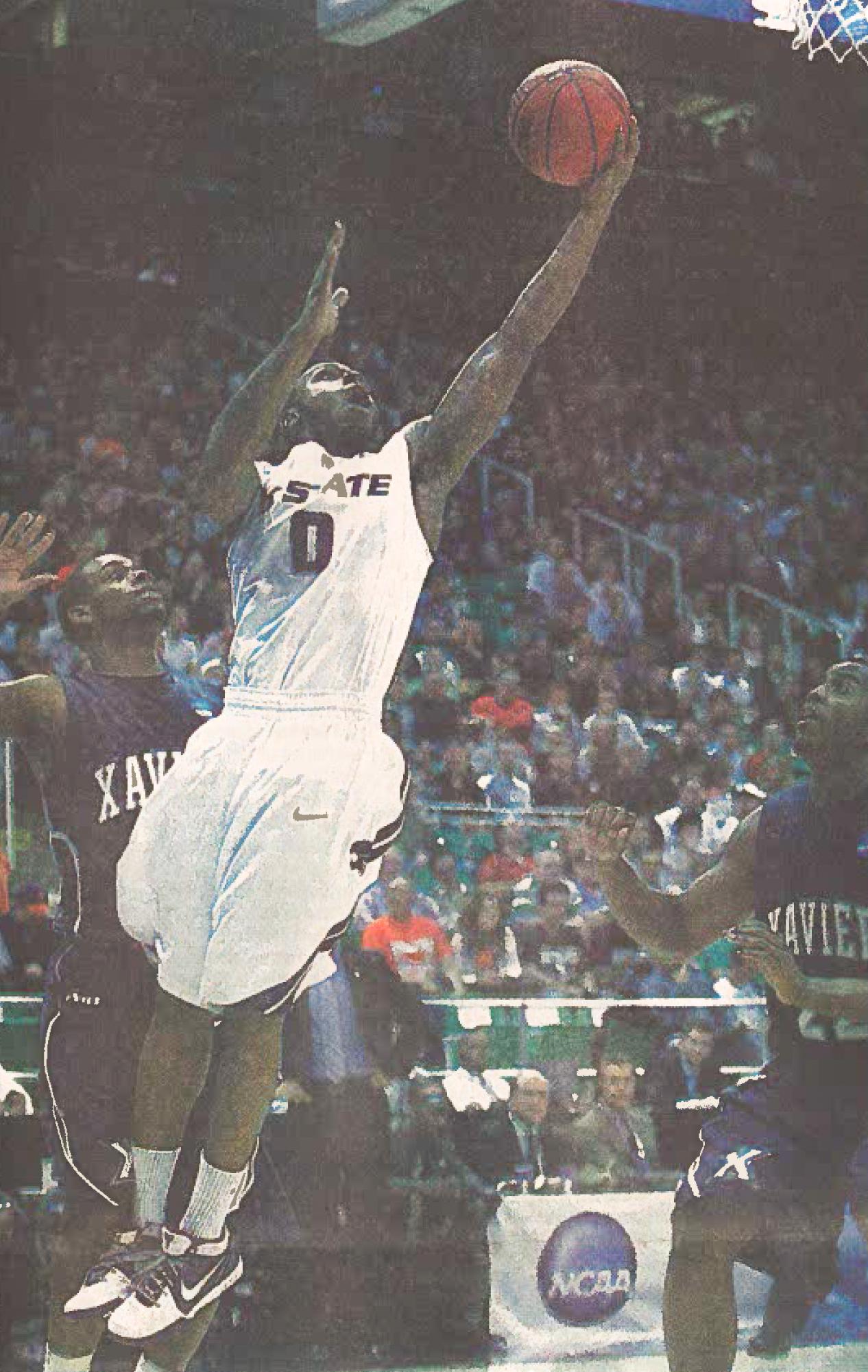Fishing is a sport, a hobby, and a livelihood. This outdoor activity opens a wide field for various experiences. You may want to engage in pier fishing to relax and have time alone. Fishing can also be a great way to spend quality time with friends and family. And if you want a real challenge, you can go deep-sea fishing, get the adrenaline going, and get a feeling of accomplishment.
Fishing gear is plentiful. And while you can fish with a cane pole, line, and hook, with such a set, you’ll hardly have a joyful time, let alone catch much fish. To make your fishing a pleasant, non-nerve-wracking experience, you need to equip yourself with more than the very basic items.
This list of must-have fishing accessories and equipment will be helpful to beginners and more or less experienced anglers who seek refreshment.
Fishing Rod and Reel
Let’s clear something up. Fishing is a broad term. It means merely catching fish with any equipment. But if we want to be more specific, we should use the word angling. Angling means catching fish with a rod, line, and hook. Other methods use a spear, net, or bow. Since angling is the most popular way of fishing, we’ll be talking about the gear needed specifically for it. And the first essential piece of equipment is a fishing rod fitted with a reel.
The most common types of rods, and reels for that matter, are spinning, casting, and fly. The spinning rod and reel are general-purpose. That’s why this system is so popular among beginners and anglers with average needs. The spinning reel attaches to the underside of the rod, opposite the top side. The guides on the spinning rod are also downward. The diversity of designs and sizes makes spinning rods suitable for many fishing scenarios.
In contrast to a spinning rod, a casting rod has guides and a casting reel on the top. They are more rigid, which makes them suitable for heavier applications. Greater accuracy and casing distance are what sets them apart from spinning rods. They require some time to master, so it’s not the best choice for beginners.
Fly rods and reels are quite simple mechanically, but it doesn’t mean they are easy to use. Casting a fly to a specific area is a true art with this system. Fly fishing rods are extremely lightweight and flexible, which makes accurate casting a challenge.
The other types of rods include surf rods built long for increased casting distance, heavy-duty and short boat rods for deep-sea fishing, trolling rods, and ice rods.
All rods are classified by power and action. Power is the rod’s capability to withstand pressures. In terms of power, manufacturers distinguish ultra-light, light, medium, medium-heavy, heavy, and ultra-heavy rods.
Action is the rod’s bending capability. Fast-action rods bend at the uppermost part and provide excellent feedback. Thanks to its fast-moving tip and increased stiffness, you can pull a large fish out of a heavy cover. Medium-action rods allow for a farther cast and give fish more time to bite. Slow-action rods bend all the way to the handle and allow you to cast really far. The drawback is that you need to pull back farther.
Line
The line is needed to tie your angling system together. The monofilament line has been around since the 30s, and today it’s the most popular fishing line design. It is what the name suggests, a single piece of plastic. It stretches nicely and, thus, can withstand much shock, but it’s less precise. Its buoyant nature makes it matchable with surface lures. Low memory means that it doesn’t curl up, preventing backlash. The drawback is that it’s weaker than other line designs of the same diameter.
Copolymer design means the line is made of more than one material. Everything is better with copolymer compared to monofilament. Being a lower-stretch, it still maintains the shock strength of the monofilament. It has even lower memory and is stronger and more abrasion-resistant. Being less buoyant, it is suitable for deep-water fishing.
Fluorocarbon lines are stronger than the mentioned designs. They are very abrasion resistant, invisible, and stretch only with a lot of pressure applied, which means high shock strength and precision. However, it’s high-memory and can tangle after casting.
Braided lines are made by weaving together several plastic strands. The more strands, the thinner the line. It has no memory and, thus, is less prone to backlash. But if backlash happens, it’s often easier to just cut the line out. It’s high-precision but has low shock strength.
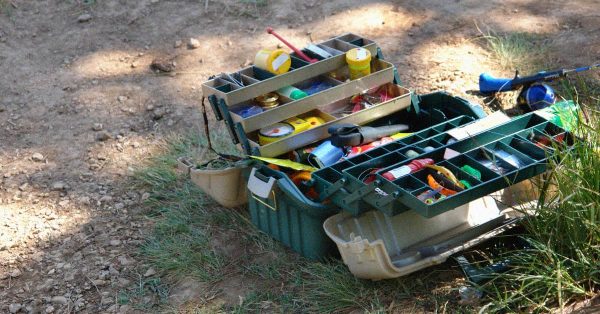
Tackle Box
You need something to store and transport all your fishing accessories and gear. Tackle boxes come in various sizes and shapes. Choose one based on the intended application, number of accessories, and types and sizes of these accessories. It’s even better if you have two tackle boxes, a smaller one for keeping critical gear right at hand while you actually fish, and a larger one to store all the extra fishing supplies.
Baits and Lures
The difference is that baits are real food, whereas lures are artificial baits in the form of fish, insects, worms, and other critters. Different fish species are attracted to different baits and lures, so do your homework before the trip.
The general rule for using them is as follows. Live or dead baits are great for fishing in low-light conditions in colder, low-clarity waters. Colorful lures and jigs will work better in clear and warmer waters with high fish activity.
Hooks, Sinkers, Swivels, and Bobbers
There are hundreds of fishing hooks designs that serve different purposes, from simple-looking worm and bait-holder hooks to more bizarre octopus and kahle hooks. Hooks also differ in sizes and designs of hook eyes and hook points. Pay attention to barbs. Barbed hooks hold bait better but cause more damage to fish. If you’re a catch-and-release guy, use barbless hooks.
Sinkers stabilize the hook and the bait. Modern sinkers are often made of environmentally friendly materials, such as steel, brass, and tungsten.
Swivels prevent your line from kinking. They connect the line and the bait and allow for the free spinning of the latter.
Bobbers serve to indicate the biting of the fish. They are made of buoyant material like cork or plastic and painted with bright colors to prevent them from fading into the water.
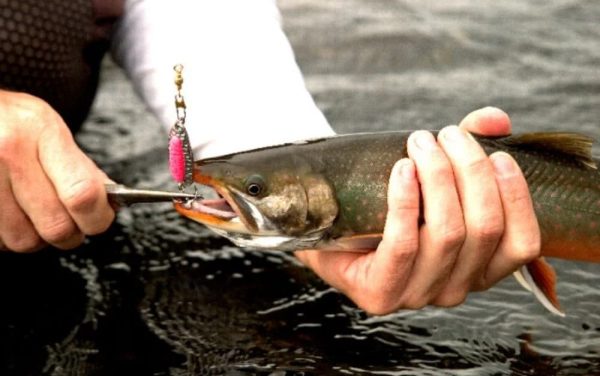
Long-Nose Pliers
Taking a hook out of your catch with bare fingers can be cumbersome and dangerous. Gear up with long-nose pliers to avoid getting hurt with a hook or fish teeth.
Sunglasses
Often overlooked, this item will spare you from aching eyes caused by sunlight reflected from the water surface. Polarized sunglasses allow you to see beneath the surface.
We hope our humble list of fishing gear must-haves will assist in packing for your first-ever or first-in-a-long-time fishing trip and enlighten you on issues you’ve never wrapped your head before.



















